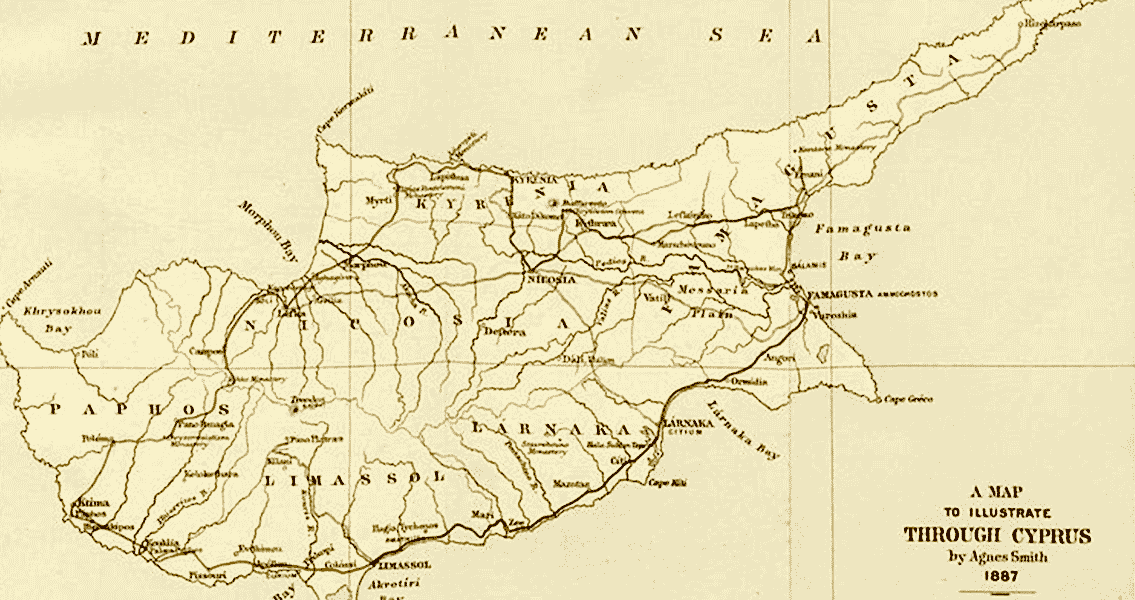<![CDATA[In a district called Paphos on the island nation of Cyprus, archaeologists recently discovered what could have been a prehistoric barbecue pit used by native hunters. The discovery was made by an archaeology team from around the world that was led by a professor from the University of Edinburgh, Dr. Andrew McCarthy. He is also director of the Cyprus American Archaeological Research Institute. The team not only discovered a cooking pit, but evidence of a Bronze Age settlement. The site in which the discovery was made is called Prastio-Mesorotsos by the researchers. The area has been home to many different types of civilization from various time periods including the Neolithic Age, Bronze Age, and Iron Age. The items found in the recent phase of the excavations on the site have been dated back to the Pre-Pottery Neolithic period, from 8000 BC to 7000 BC. The archaeologists found storage pits and food preparation areas. In one of the pits there was significant evidence of burning. This pit was lined with large stones and filled with a concentration of ash. The archaeologists believe that it was used for roasting and barbequing food. It seems that it was used to cook food for a large number of people, mainly hunters. Another cooking structure was discovered nearby, but this one was of a much smaller scale, above ground, and made of mud. It had a domed structure, and the researchers believe that it may have been used for baking bread as well as roasting meat. This was not all, as about a dozen shallow pits were found nearby, all from different periods of time. The researchers found that the inhabitants of these areas filled the pits with special objects, such as a human jawbone. One pit contained a picrolite shallow bowl with a sprout. These items were placed in the pit as a reminder of the area's purpose. But what might this purpose have been? The archaeologists believe that the pit items show the area could have been used for special occasions and rituals. McCarthy's expedition in the area has been ongoing for a few years, and this year moved to investigate evidence of Bronze Age occupation. Last summer the expedition started working on a new area with a Bronze Age wall that was being eroded from a hillside. Here they found a stone wall foundation that was five stories high, along with still intact floor deposits. Previous excavations have revealed other Bronze Age houses and work areas. What is so special about this site is that the archaeologists can see plainly the transition from the Early to Late Cypriot Bronze Age in the area, just from studying evidence such as the cooking pit and foundations. They have found proof that construction on the site was intensified during the Middle Cypriot Bronze Age, but was abandoned at the end of that period, which lasted from 1900 BC to 1600 BC. It was not inhabited again until the Late Bronze Age, which began in 1300 BC.]]>
Ancient Roasting Pits Discovered in Cyprus
